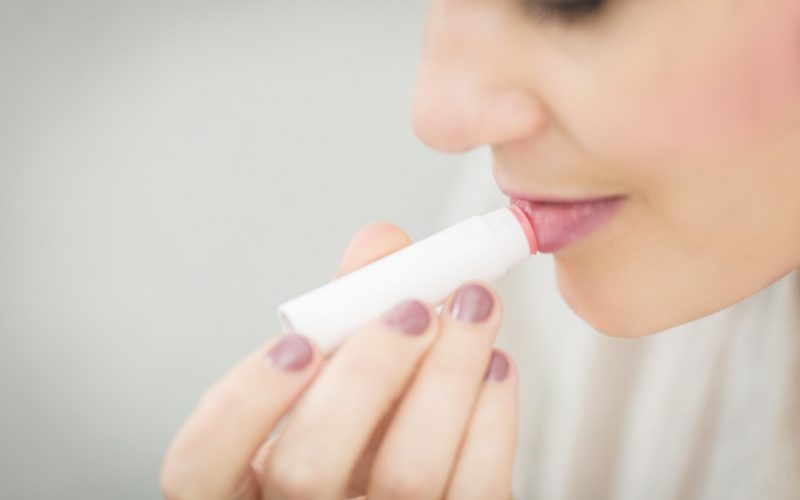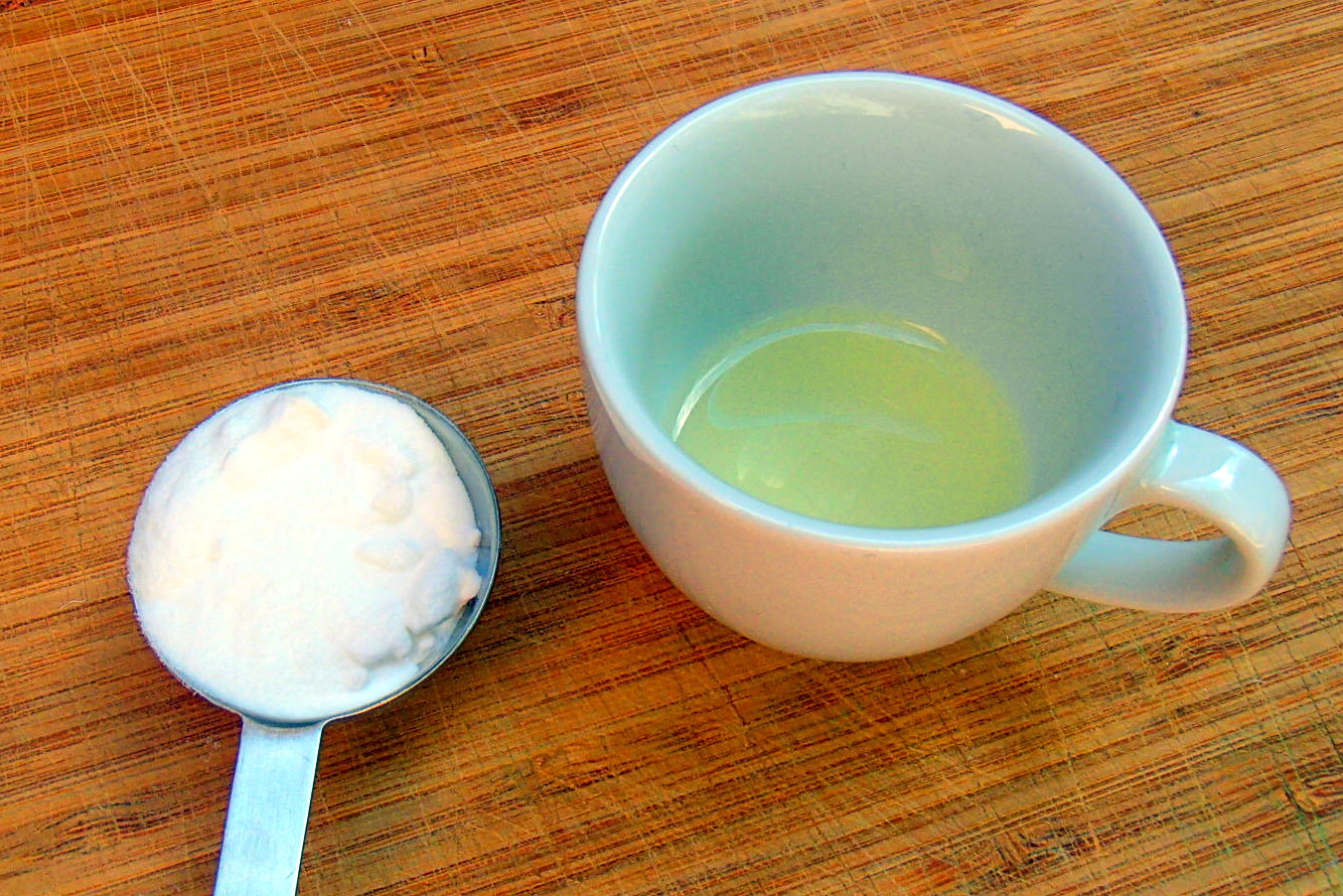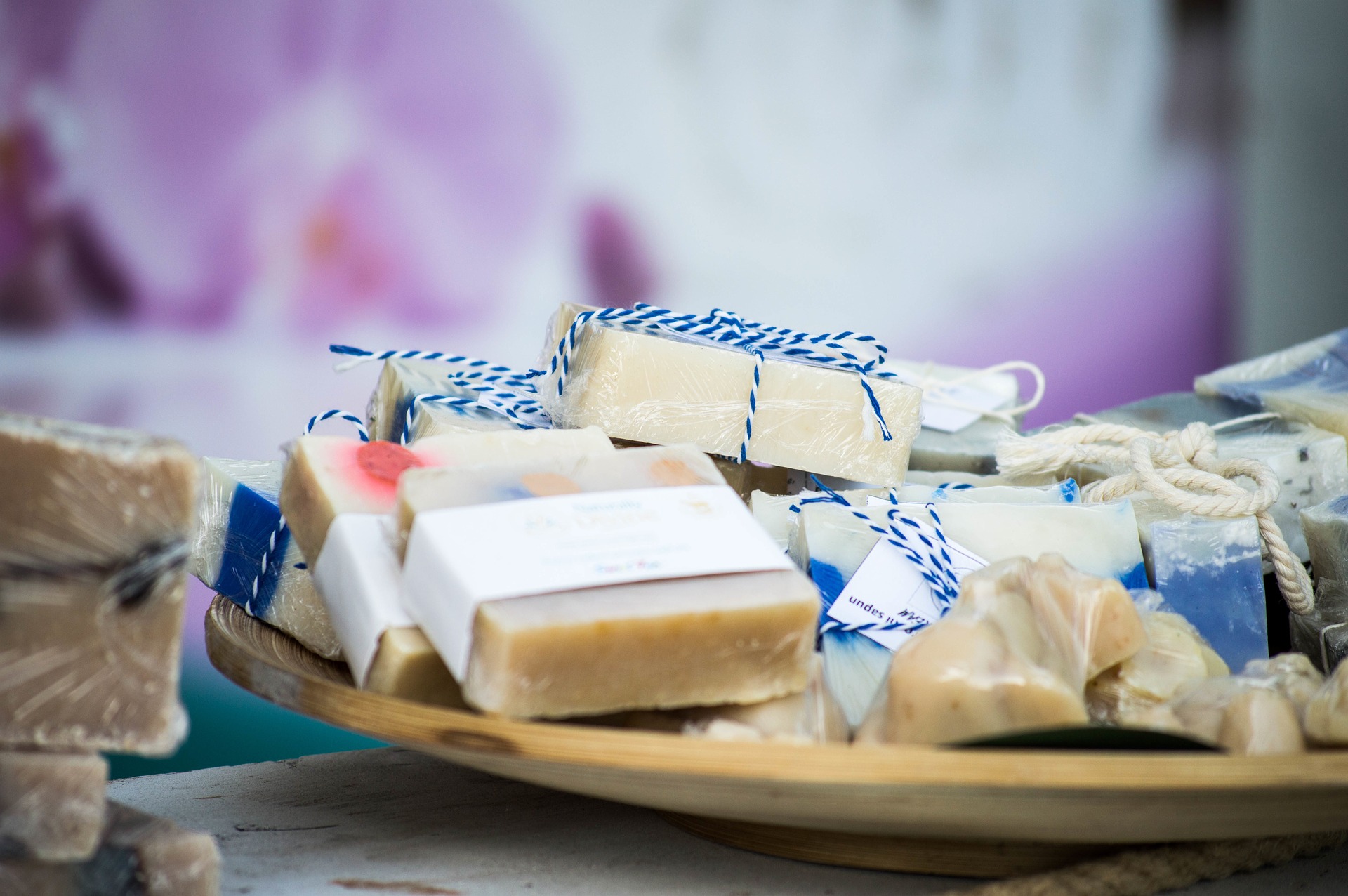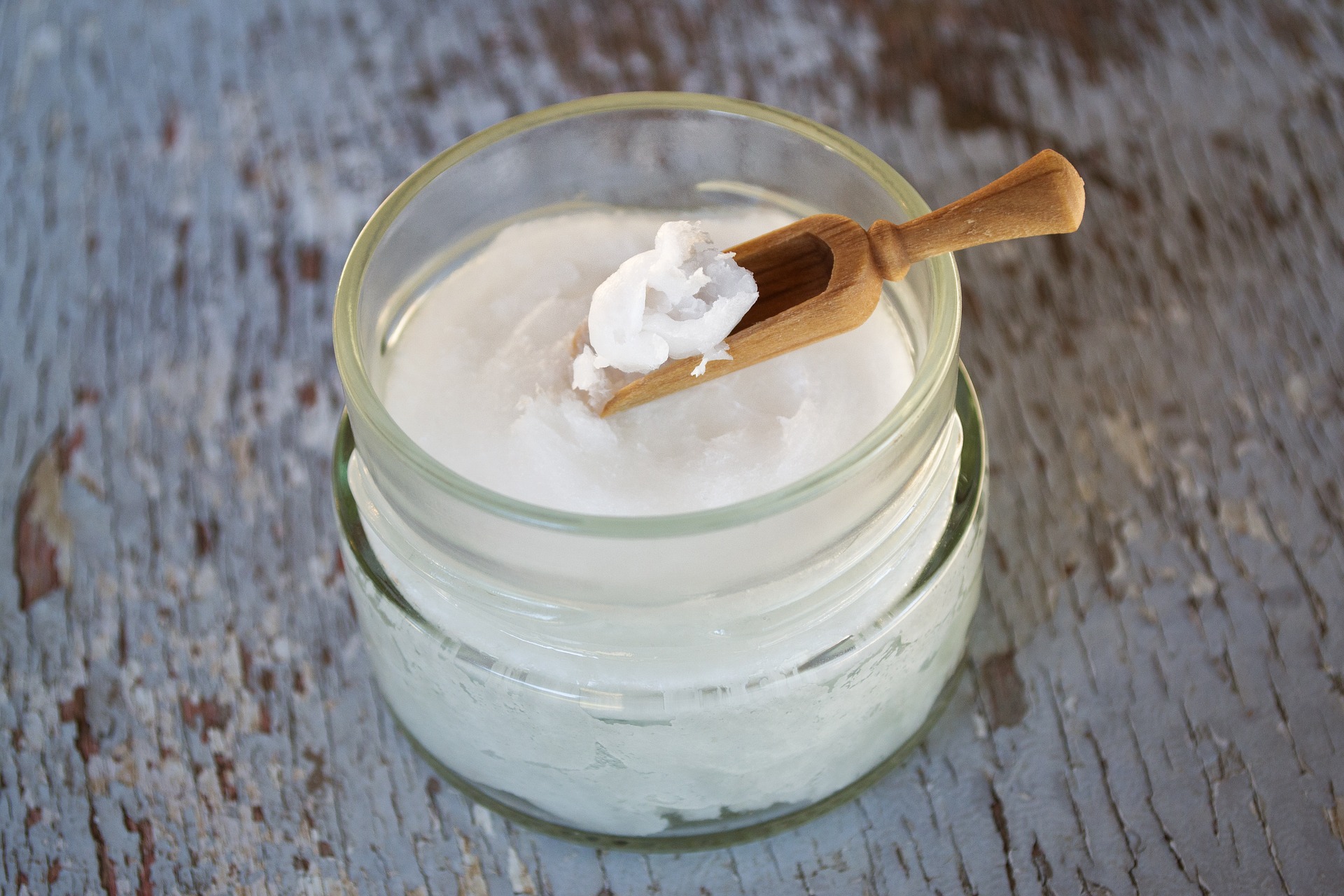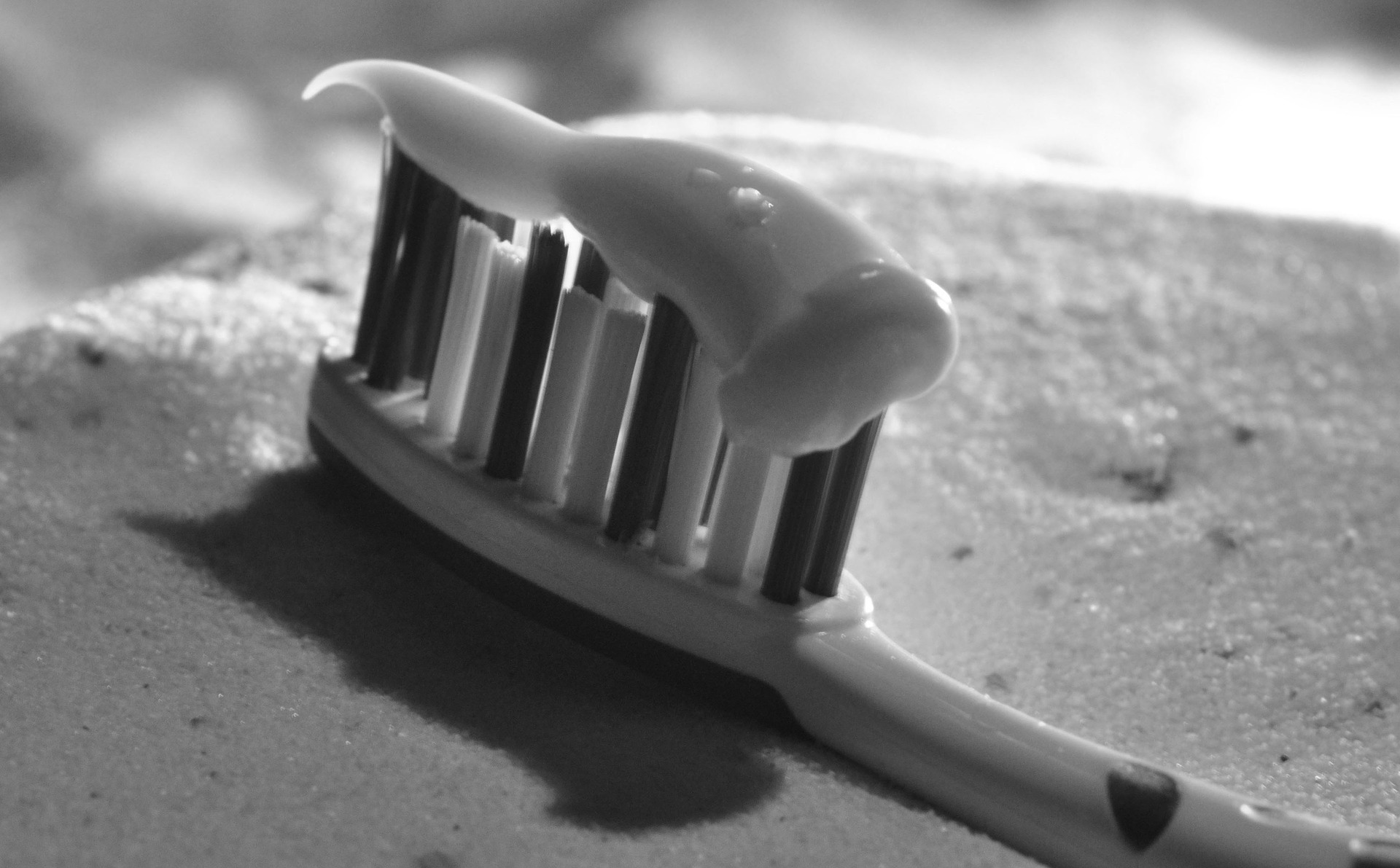One of the very first skin care products I made myself was lip balm. I participated in an upcycling workshop at our local food coop and, honestly, I didn’t know what I was getting myself into. Since then, I’ve experimented with different skin care products and although lip care has never been my focus again, it tends to come up frequently.
Lip balm, gloss and lipsticks are easy to make at home and they are much cheaper that way, too. And while I don’t want to scare anyone away from using commercial lipsticks, this post is very much written for those people who know that what you’re putting on your lips ends up in your stomach.
What’s the purpose of lip balm, gloss, and lipstick?
The different lip care products have very different purposes. In general, though, any lip care aims to protect the lips from drying out. Lips have very thin skin and cannot keep moisture as well as other skin on our body. Dry lips can lead to chapping, and even cold sores. Preventing lips from drying out is the key purpose of any lip care.
The difference between balm, gloss, and stick is their application and colour.
Lip balm
Lip balm heals lips, seals in any moisture, and protects the lips from environmental impacts. It can also contain UV protection. Usually, lip balm comes without any colourant. It is applied with a finger or a stick. The primary ingredients of lip balm are a wax and oils. Essential oils can provide a nice scent and additives like honey contribute extra healing properties to a lip balm.
Lip gloss
While lip balm aims to protect lips from drying out, lip gloss aims to provide the illusion of moistened lips. Lip gloss is liquid or soft solid, can contain some colourant, and is applied with a brush or through a tube. The primary ingredients are oils and pigments, with a little wax. In particular, the pigments can contribute to lip gloss being a product to use with caution (more on this below).
Lipstick
Lipsticks come in a variety of forms, often combining lip balm and lip gloss. It can be traced back all the way to 3,500 BC where a Sumerian queen used a colourant to emphasise her lips. The use of lipstick follows several cultural and historical lines. Emphasising the mouth is a sign of feminity, youthfulness, sensuality, and sexuality. In particular, the youthfulness seems important because “lips of younger women tend to appear brighter in color, as old skin renews at a much slower rate, thereby dulling its natural colour” (Cultural Encyclopedia of the Body, page 326).
Ingredients in commercial lip care
To come back to lip care in general, I want to take a few moments to look at the ingredients in commercial lip care: waxes, oils, and colourants.
Waxes
As mentioned, all lip care includes waxes. Depending on their ‘stiffness’ they contain more or less wax. The devil is the in the detail here, however, because not all waxes are the same. Beeswax, for example, has natural healing properties while paraffin wax acts against moisture loss but does very little to heal cracked lips. The most often used wax, Carnauba wax, is combined with other waxes to create a smooth finish. Carnauba wax is indigestible which makes it safe for human consumption but other than having a high melting point the wax does not contribute any other properties to lip care.
Oils
Similar to the waxes, oils can also aid the rejuvenation of the skin or merely lubricate it. For example, coconut oil and avocado oil add UV protection to any lip care as well as antibacterial and healing properties. Mineral oil contributes some moisturising properties to lip care while being a cheap ingredient. Castor oil, the most prominent ingredient lipsticks, can have laxative effects as well as induce labour in pregnant women (not to mention that there are stories of castor oil being used as punishment).
Colourants
The colourants in lip care products are, by far, the most interesting (and scary) ingredients. They range from carmine, a colourant extracted from the cochineal bug, to mica, a silicate which is classified as a hazardous substance above certain concentrations. Eatible colourants in lip care include cacao powder, beetroot powder, cinnamon, turmeric, and even bentonite clay for a matte finish.
Alternatives to commercial lip care
Now, as I said, I don’t want to scare anyone away from commercial lip care because all ingredients are ingested in very small dosages. However, I do believe that there are other options than commercial products which are cheaper, and safer for my health. After all, what I put on my lips goes into my stomach and therefore into my system.
Some alternatives I really like are:
- Equal parts beeswax and cocoa butter with some cacao powder for chocolate on my lips.
- Beeswax, honey, and olive oil for super moisturizing lip balm.
- Beeswax with mango butter and coconut oil while adding some homemade beetroot powder to make a lipstick with UV protection.
But really, the sky is the limit when it comes to homemade lip care products. Any oil will help to moisturize the lips. For me, it’s all about simplicity. Staying natural is the best way to stay healthy.
